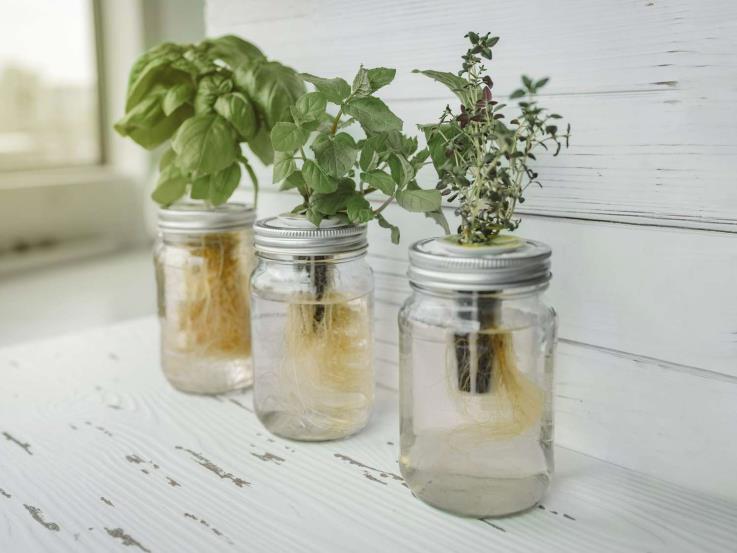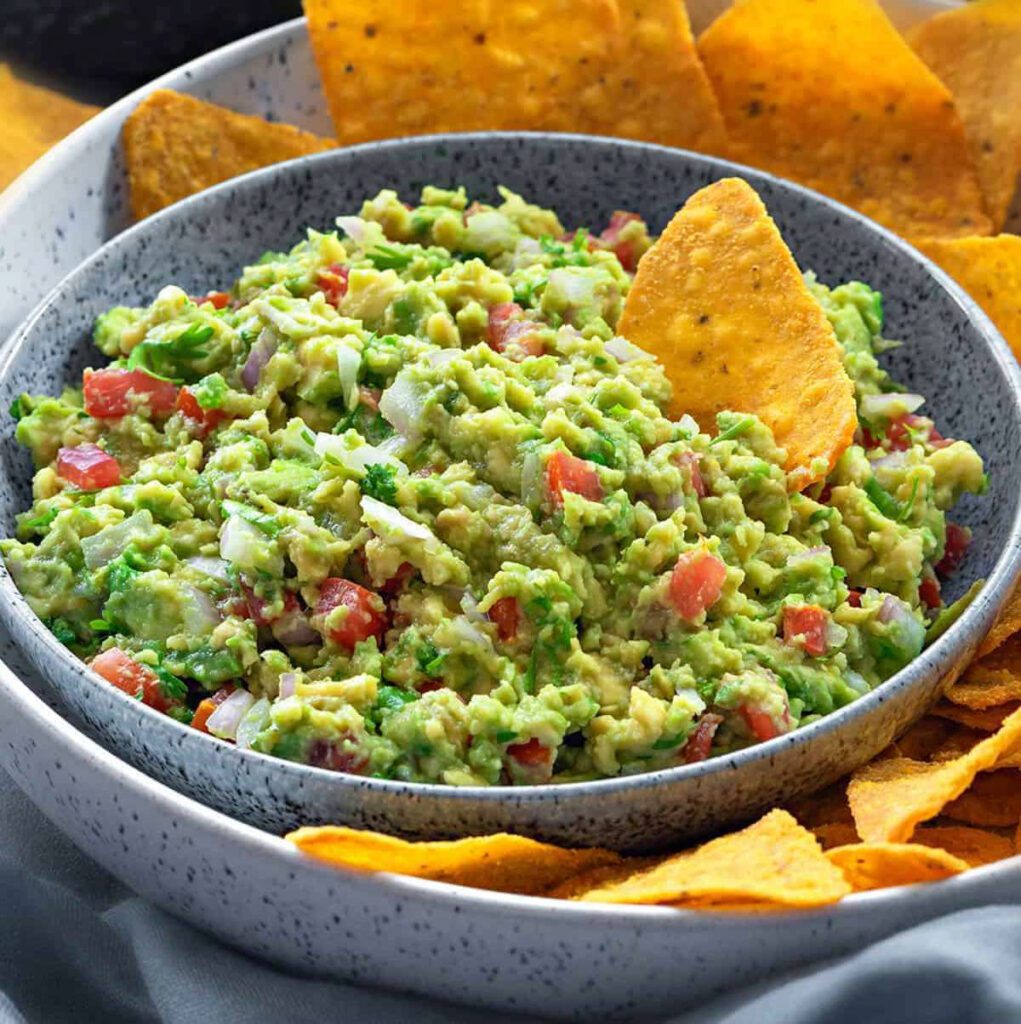Science / Math: Plastic Bag Bread
Ages: 7 – 13
Hello everyone. This is Bill from the Okanagan Regional Library System. Welcome to the fun and inventive world of making STEAM projects in your own home. Each month, I will share a fun and interesting project that you can make using materials commonly found in your own home.
This month’s project: Plastic Bag Bread
Plastic Bag Bread
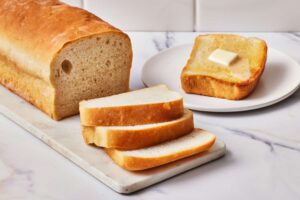
What’s better than having freshly baked bread for Thanksgiving? Between pumpkins and cranberries, physics and chemistry, this bread in a bag activity is a great way to develop math and science skills. Plus, it tastes amazing!
Make the most of the Thanksgiving holiday and share this bread in a bag activity with your kids. Explore how yeast works with bread and share a delicious treat once the bread has been baked.
Materials Needed:
- 3 cups plain flour
- 3 tablespoons granulated sugar
- 1 tablespoon yeast
- 1 ½ teaspoons salt
- 1 cup warm water
- 3 tablespoon olive oil
- Gallon size ziplock bag
- Bowl
- Baking pan
- Spray oil

Time: Approximately 15 minute
Steps:
1. Before you start, open up your ziplock bag and place it in the bowl.
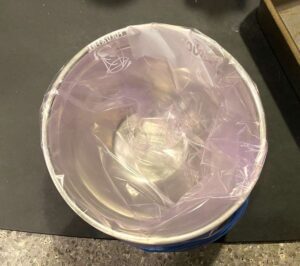
2. Scoop 1 cup of flour into the bag, with 3 tablespoons of sugar, 1 tablespoon of yeast, and 1 cup of warm water.
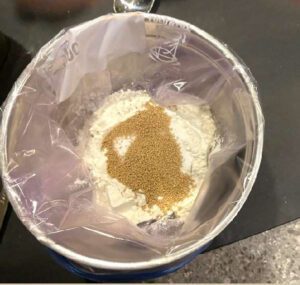

3. Let the air out of the bag, then seal the bag closed and mix the ingredients from the outside of the bag with your hands. Let the mixture sit for 15 minutes.
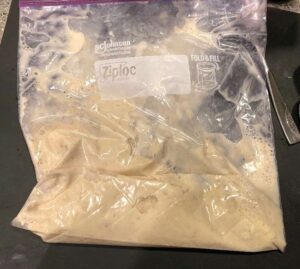
4. Now open the bag and add 1 cup of flour, 1 ½ teaspoons of salt, and 3 tablespoons of olive oil. Seal the bag and mix again.
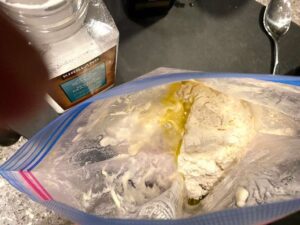
5. Add 1 more cup of flour, seal, and mix again.
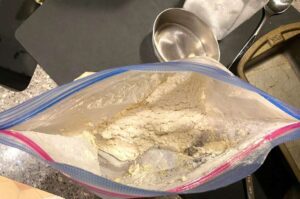
6. Remove the dough from the bag and knead for 10 minutes on a piece of floured parchment paper to prevent the dough from sticking to the surface.
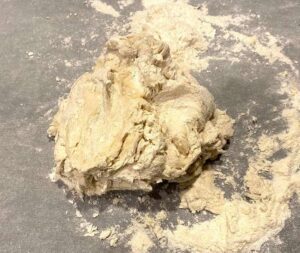

7. Cover with a damp cloth and let sit for 30 minutes.
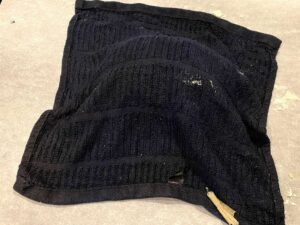
8. Place the bread dough in a greased bread pan and bake for 25 minutes at 375 degrees F.

9. Now it is time to enjoy some delicious hot bread!
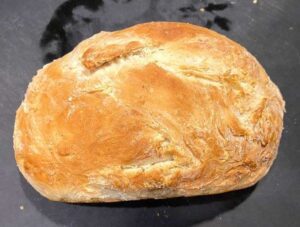

Read World Science: Baking Bread
How does yeast work in bread making? Our bread recipe uses an active dry yeast that you canfind at the grocery store. This type of yeast is dormant until you wake it up.
Yeast needs to be combined with warm water and a food source, sugar, to wake up and do its thing. The sugar feeds the yeast and creates the fermentation process. If you notice bubbles forming, that’s carbon dioxide gas given off by the yeast as it’s eating the sugar. These carbon dioxide bubbles are also what caused the dough to rise as air pockets are trapped in the glutinous strands of the dough.
When you cook the bread, the yeast dies off. Cooking bread is a good example of a chemical change.
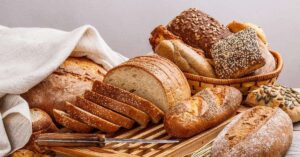
STEAM Concepts:
- Measurement
- Ratio
- Chemical Makeup

